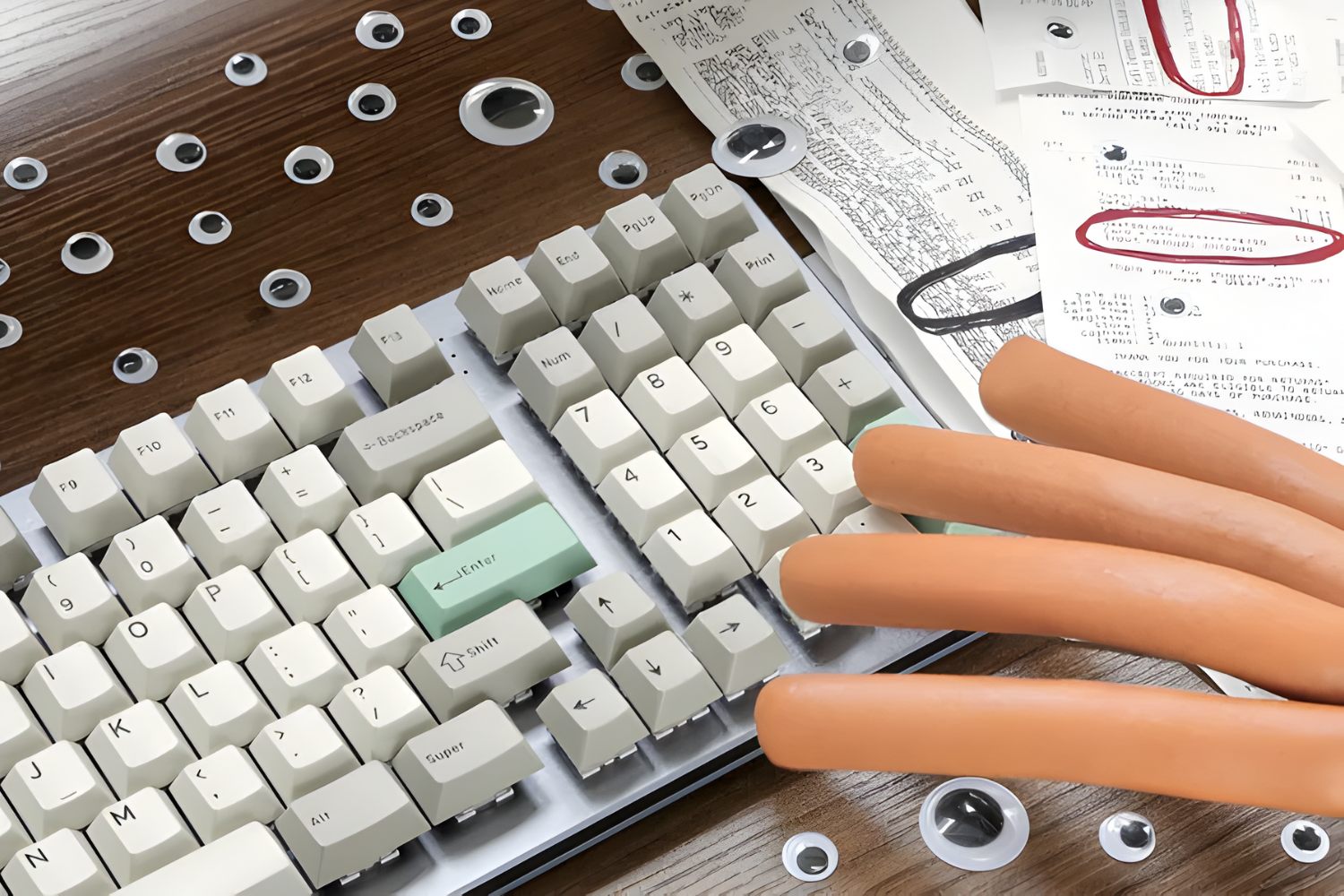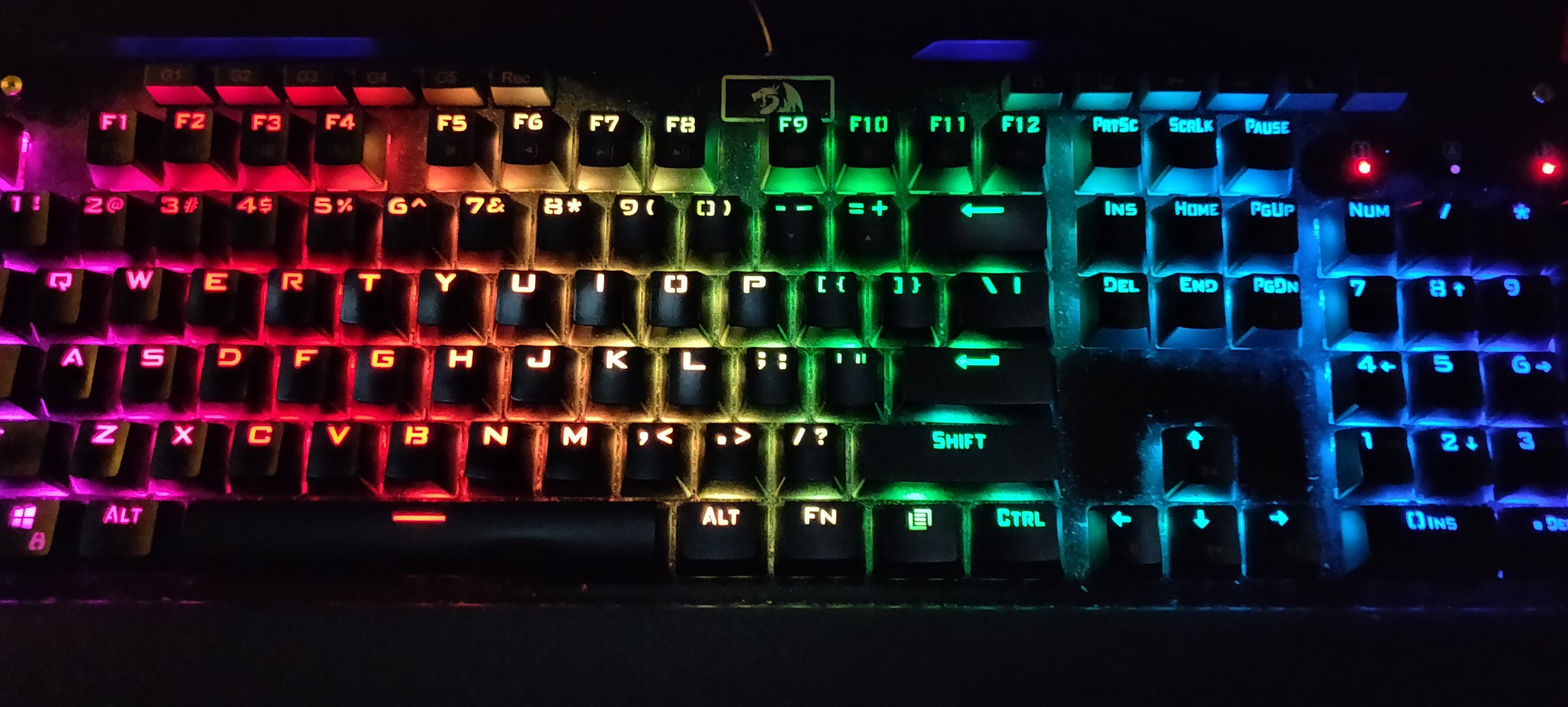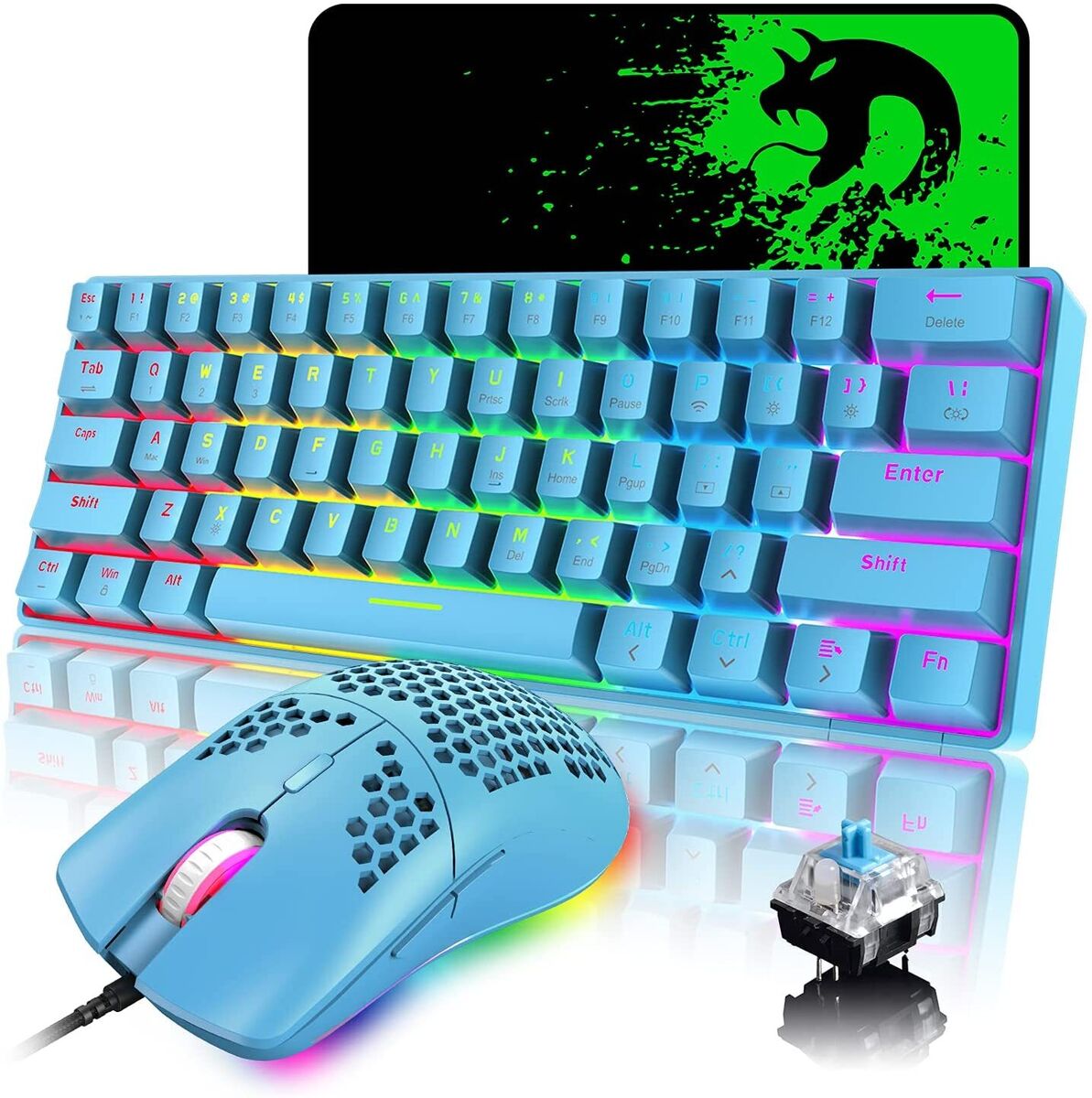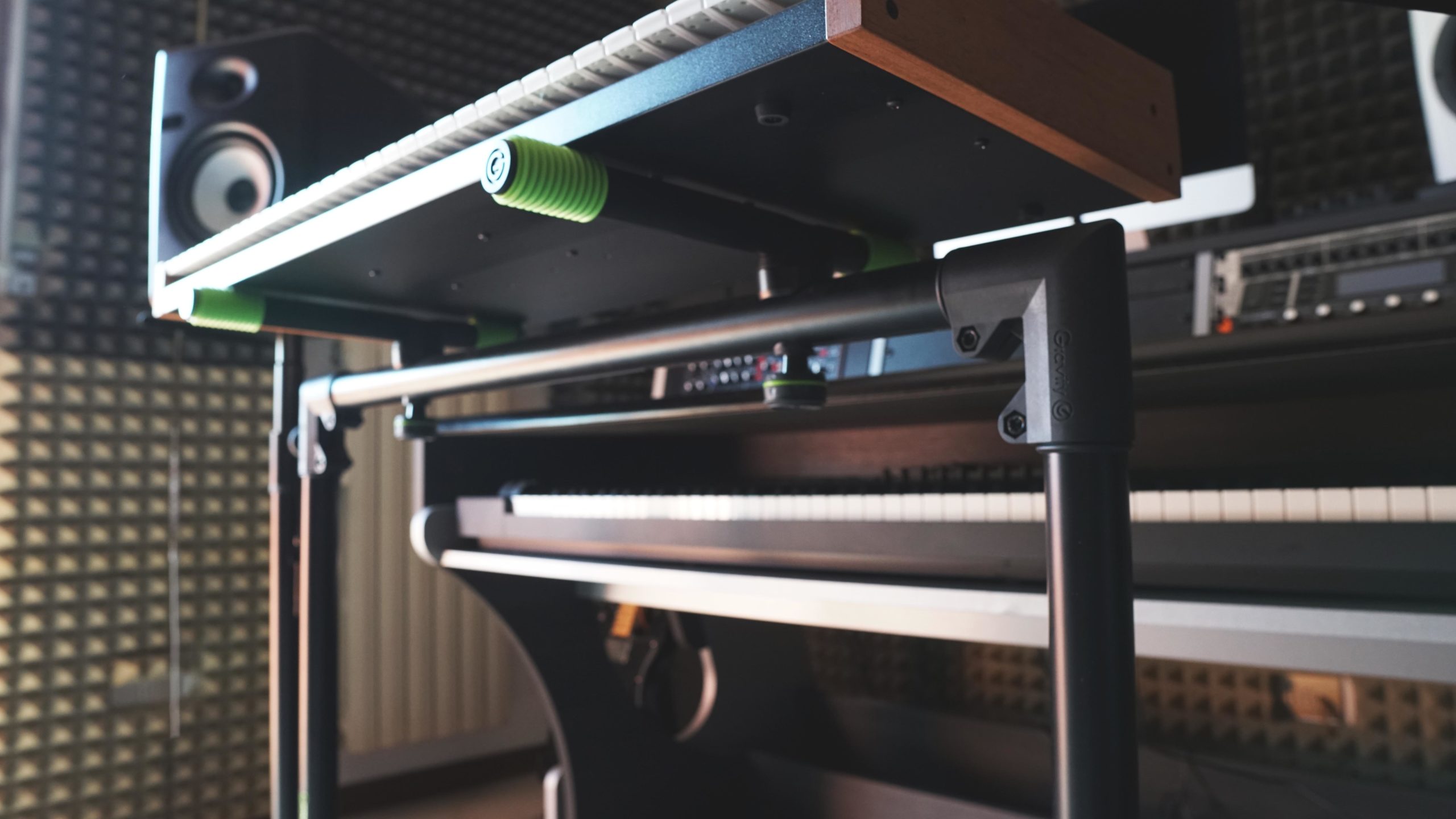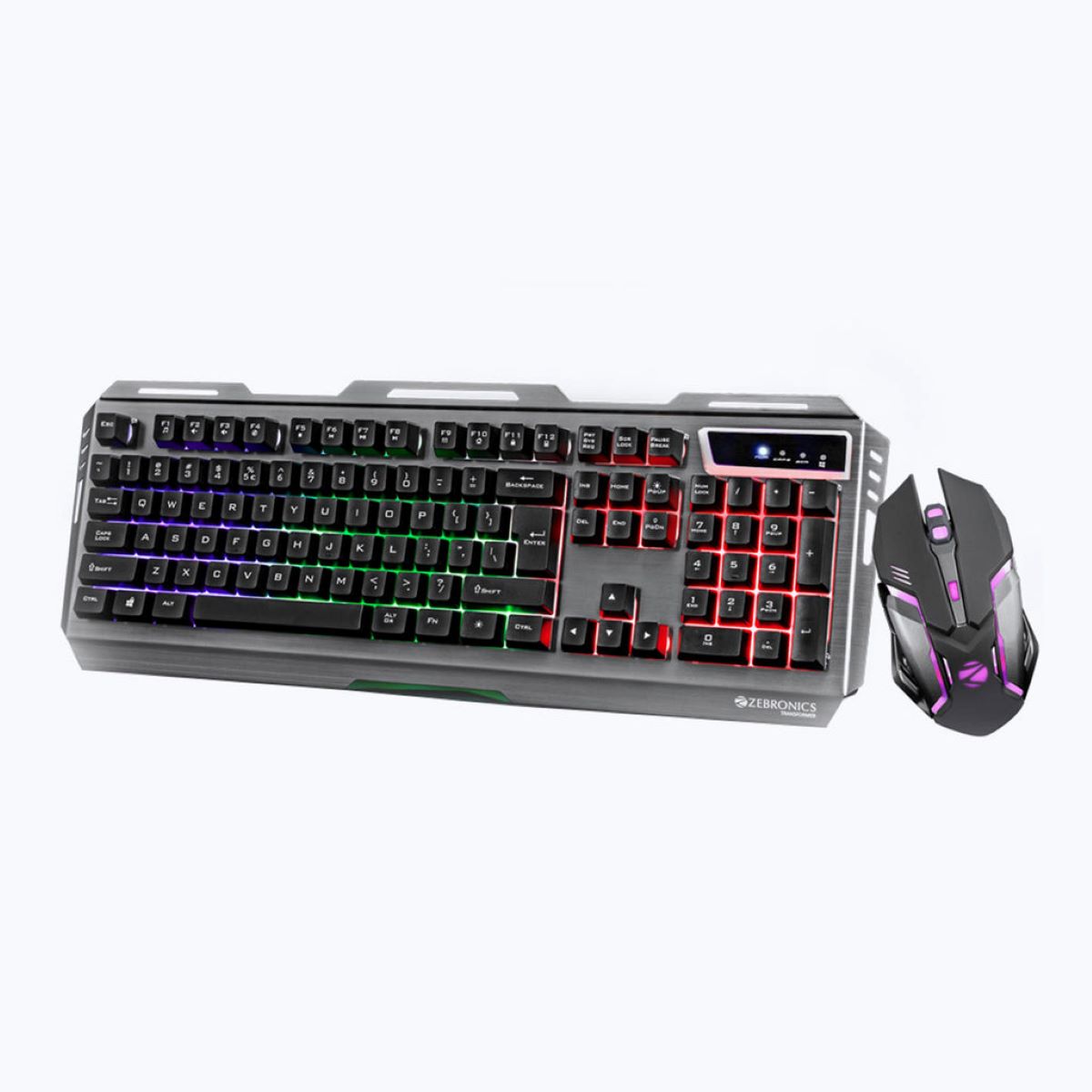Introduction
So, you bought a new mechanical keyboard, hoping it would elevate your typing experience to a whole new level. However, after unboxing and trying it out, you realize it's not quite what you expected. Whether it's the tactile feedback, the noise level, or the overall feel, you find yourself wanting to return the keyboard and get a refund.
Navigating the process of returning a mechanical keyboard and obtaining a refund can be a bit daunting, especially if you're unfamiliar with the seller's or manufacturer's policies. But fear not! This guide is here to walk you through the steps, ensuring that you can confidently and successfully initiate the return process and secure your well-deserved refund.
Returning a mechanical keyboard may seem like a hassle, but with the right approach and understanding of the process, you can navigate it smoothly. From comprehending the refund policy to gathering essential information and contacting the seller or manufacturer, each step is crucial in ensuring a seamless return experience. So, let's delve into the intricacies of returning a mechanical keyboard and getting your money back.
Understanding the Refund Policy
Before initiating the return process for your mechanical keyboard, it’s imperative to familiarize yourself with the seller’s or manufacturer’s refund policy. This policy serves as the guiding framework for the return process, outlining the conditions under which a refund is permitted and the specific steps to be followed.
When reviewing the refund policy, pay close attention to the following key aspects:
- Timeframe: Determine the timeframe within which returns are accepted. Some sellers or manufacturers have a specific window during which you can initiate a return and be eligible for a refund. This timeframe is typically measured from the date of purchase or delivery.
- Condition of the Keyboard: Understand the expectations regarding the condition of the keyboard upon return. Most policies require the keyboard to be in its original packaging and in a resalable condition to qualify for a refund. Additionally, certain policies may outline restrictions on damaged or used products.
- Proof of Purchase: Take note of any documentation or proof of purchase required for the return. This may include the original receipt, order confirmation, or invoice. Ensuring that you have these documents readily available can expedite the return process.
- Restocking Fees: Some sellers or manufacturers impose restocking fees for returned items. Familiarize yourself with the policy’s stance on restocking fees to understand any potential deductions from your refund amount.
By comprehensively understanding the refund policy, you can navigate the return process with clarity and confidence. If any aspects of the policy are unclear, don’t hesitate to reach out to the seller’s or manufacturer’s customer service for clarification. Armed with a thorough understanding of the policy, you are well-prepared to proceed with the next steps in the return process.
Gathering Necessary Information
Before reaching out to the seller or manufacturer to initiate the return process, it’s essential to gather all the necessary information to facilitate a smooth and efficient transaction. The following details are crucial for a successful return:
- Purchase Documentation: Locate and organize the purchase documentation, which may include the original receipt, order confirmation, or invoice. Having these documents readily available will streamline the verification process and validate your eligibility for a refund.
- Product Details: Compile relevant details about the mechanical keyboard, such as the model name, serial number (if applicable), and any specific configurations or accessories included in the original purchase. This information will aid in accurately identifying the product and expediting the return process.
- Condition Assessment: Assess the condition of the mechanical keyboard and its packaging. If the keyboard has been used, ensure that it is returned in as close to its original condition as possible, including the packaging and any accompanying materials. Taking note of the keyboard’s condition will help anticipate any potential issues during the return evaluation.
- Communication Records: If you’ve encountered any issues with the keyboard or have previously communicated with the seller or manufacturer regarding concerns, gather records of such interactions. This may include emails, chat transcripts, or support ticket details. These records can provide valuable context and documentation of your communication history.
- Return Address and Instructions: Review the seller’s or manufacturer’s return address and specific instructions for initiating a return. Understanding the designated return process and any required forms or labels will ensure that you comply with the prescribed return protocol.
By meticulously collecting and organizing this information, you will be well-prepared to engage with the seller or manufacturer and initiate the return process with confidence. This proactive approach sets the stage for a streamlined and successful return experience, minimizing potential delays and complications.
Contacting the Seller or Manufacturer
Once you have familiarized yourself with the refund policy and gathered the necessary information, the next crucial step in the return process is to initiate contact with the seller or manufacturer. Effective communication is key to navigating the return process seamlessly. Here’s how to approach this step:
- Preferred Communication Channel: Determine the preferred communication channel for initiating a return. This may involve reaching out via email, submitting a request through the seller’s or manufacturer’s website, or contacting their customer support hotline. Adhering to their specified communication method can ensure that your request is promptly received and processed.
- Clear and Concise Explanation: When communicating your intent to return the mechanical keyboard, provide a clear and concise explanation of the reason for the return. Whether it’s due to performance issues, dissatisfaction with the product, or any defects encountered, articulating the reason for the return can aid the seller or manufacturer in understanding your concerns and expediting the process.
- Documentation Submission: If the seller or manufacturer requires any documentation, such as proof of purchase or product details, ensure that these are accurately submitted along with your initial communication. Attaching relevant documentation from the outset can preemptively address verification requirements and accelerate the return process.
- Request Confirmation: Upon contacting the seller or manufacturer, request a confirmation of receipt for your return initiation. This acknowledgment can serve as a safeguard, providing assurance that your request has been officially logged and is being processed accordingly.
- Timely Follow-Up: If you do not receive a response within the specified timeframe outlined in the refund policy, consider following up with the seller or manufacturer. Timely follow-up demonstrates your commitment to resolving the return efficiently and can prompt a swift review of your request.
By proactively and effectively communicating with the seller or manufacturer, you set the stage for a productive and efficient return process. Clarity, transparency, and adherence to their specified communication protocols are pivotal in facilitating a successful return of the mechanical keyboard.
Returning the Mechanical Keyboard
After initiating the return process and receiving confirmation from the seller or manufacturer, the next step is to prepare the mechanical keyboard for return and dispatch it according to the prescribed guidelines. Here’s a comprehensive guide to returning the keyboard:
- Secure Packaging: Carefully package the mechanical keyboard in its original packaging, if available, or use suitable protective materials to ensure that the keyboard is adequately safeguarded during transit. Secure packaging minimizes the risk of damage and upholds the condition requirements stipulated in the refund policy.
- Inclusion of Documentation: Include all relevant documentation, such as the proof of purchase, within the packaging. This documentation serves as essential verification of the return and reinforces your eligibility for a refund.
- Adherence to Return Instructions: Strictly adhere to the return instructions provided by the seller or manufacturer. This may involve utilizing specific shipping labels, completing return authorization forms, or following designated shipping methods. Compliance with the prescribed return protocol mitigates potential logistical complications and expedites the processing of your return.
- Record Tracking Information: When dispatching the package, retain and record the tracking information provided by the shipping carrier. This tracking data serves as a valuable reference, enabling you to monitor the return’s progress and confirm its successful delivery to the designated address.
- Documentation Retention: Retain copies of all documentation related to the return, including shipping receipts, tracking information, and any correspondence with the seller or manufacturer. These records serve as a comprehensive trail of the return process, offering recourse in the event of any discrepancies or inquiries.
By meticulously adhering to the prescribed return guidelines and ensuring the secure dispatch of the mechanical keyboard, you can facilitate a seamless return process and position yourself for a prompt evaluation and refund issuance. The thorough execution of the return protocol minimizes potential delays and sets the stage for a successful resolution of the return request.
Receiving the Refund
Following the successful return of the mechanical keyboard, the anticipation shifts to receiving the refund. The process of refund issuance typically involves several key steps, culminating in the restoration of the purchase amount to your original payment method. Here’s what to expect during the refund phase:
- Return Evaluation: Upon receiving the returned mechanical keyboard, the seller or manufacturer will conduct an evaluation to verify its condition and compliance with the return requirements. This assessment may involve inspecting the packaging, assessing the product’s state, and reconciling the accompanying documentation.
- Refund Processing Timeframe: Familiarize yourself with the expected timeframe for refund processing, as outlined in the refund policy. Sellers or manufacturers typically specify the duration within which refunds are processed, taking into account the evaluation period and the subsequent issuance of the refund.
- Confirmation of Refund Initiation: Once the return evaluation is completed, the seller or manufacturer will initiate the refund process. You may receive a notification or confirmation of this initiation, signaling that the refund is being formally processed and will soon be reflected in your original payment method.
- Refund Notification: Upon the completion of the refund processing, you will receive a notification or confirmation indicating that the refund amount has been issued. This communication may include details regarding the refunded amount, the payment method through which it is credited, and any associated transaction references.
- Refund Receipt: Subsequently, monitor the designated payment method for the receipt of the refund. Depending on the payment method and financial institutions involved, the timeframe for the refund to reflect in your account may vary. Exercise patience while awaiting the reimbursement.
By remaining informed about the refund process and the associated timelines, you can anticipate the refund’s arrival and promptly address any discrepancies or delays. The culmination of the refund phase signifies the successful resolution of your return request, reinstating the financial aspect of the transaction and concluding the return process.







